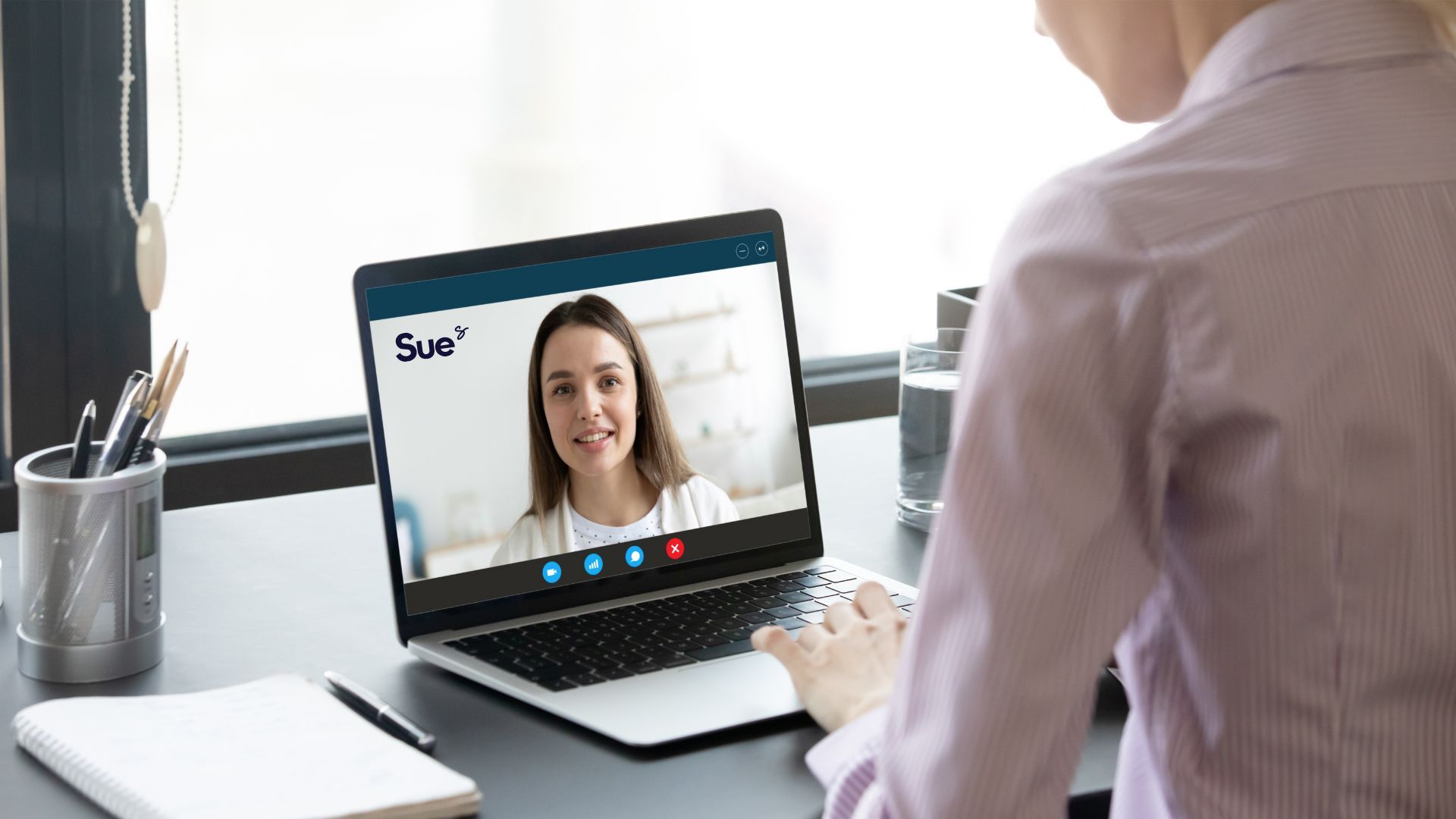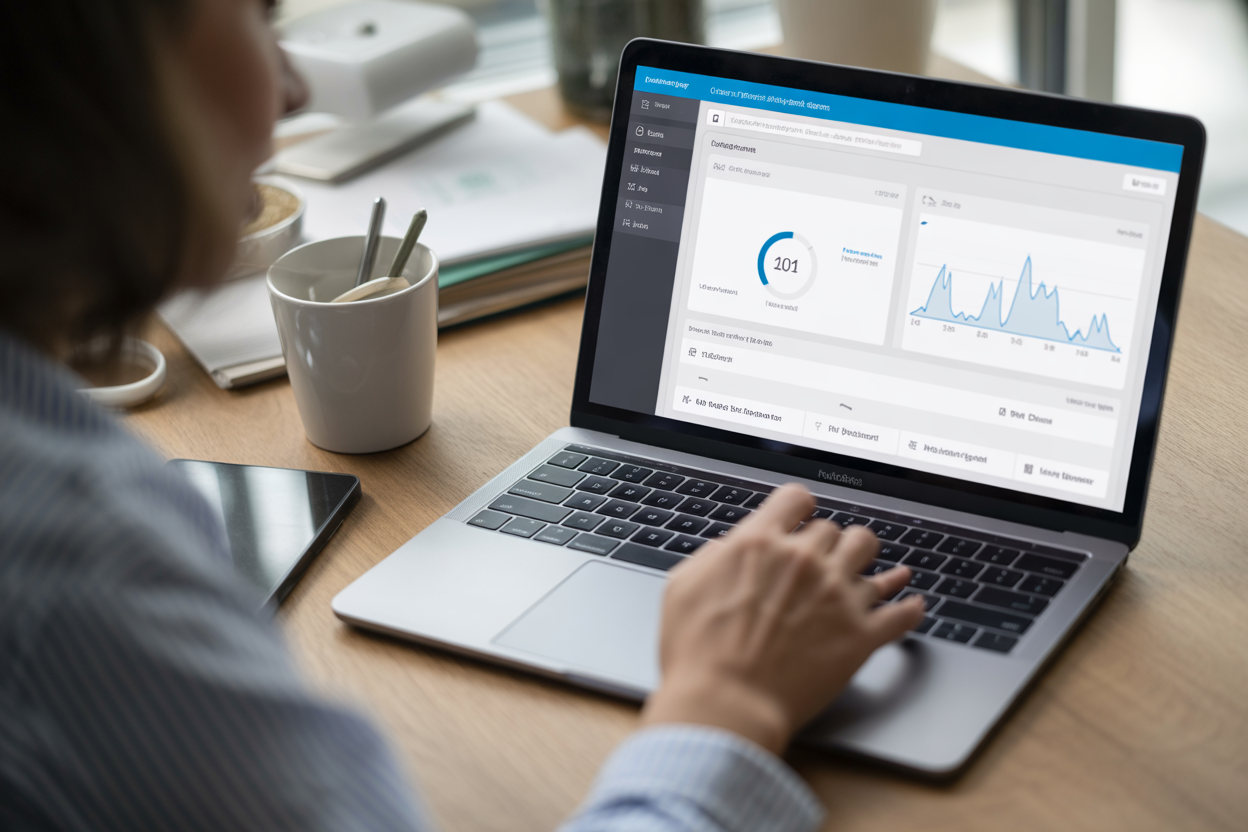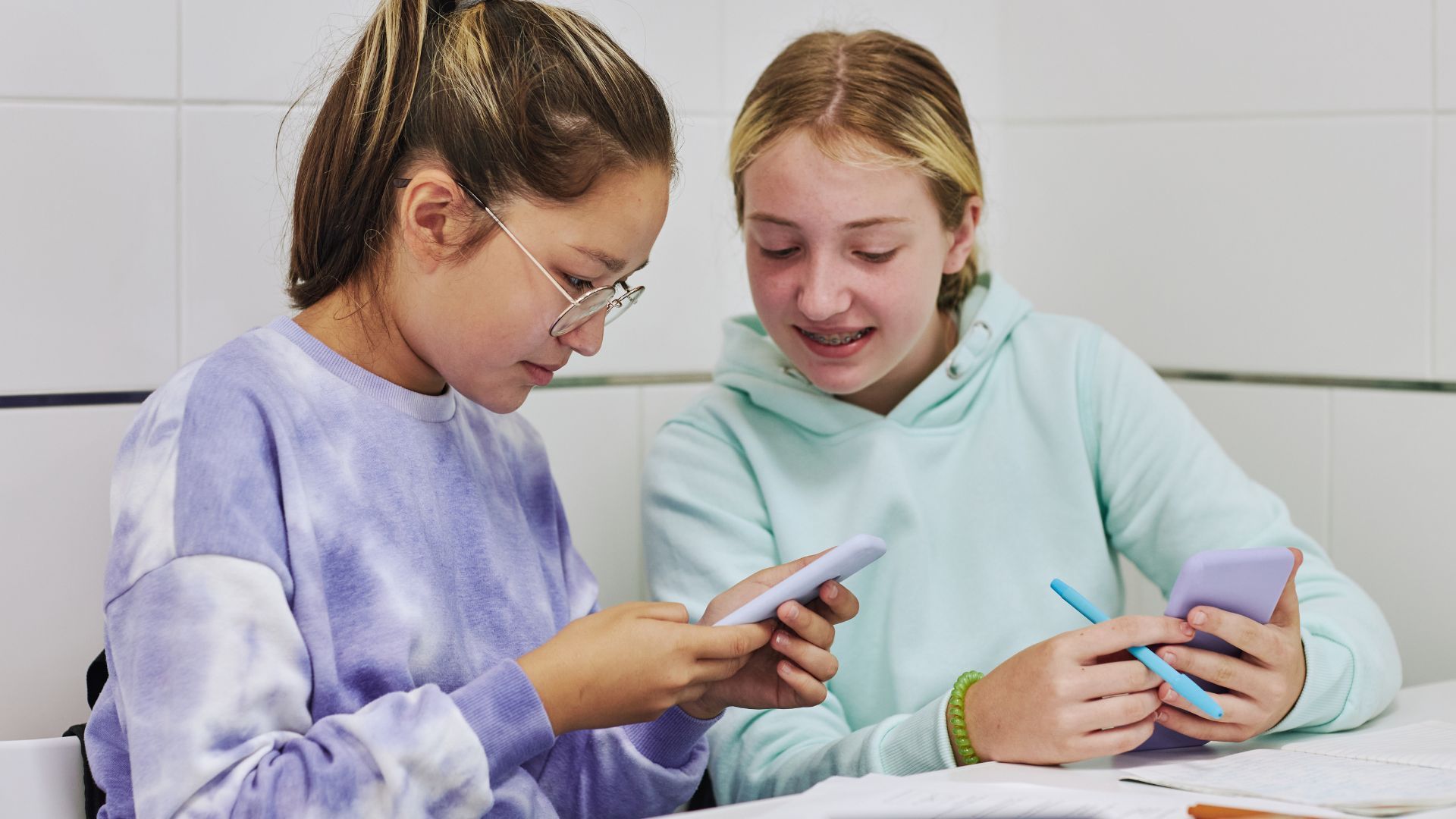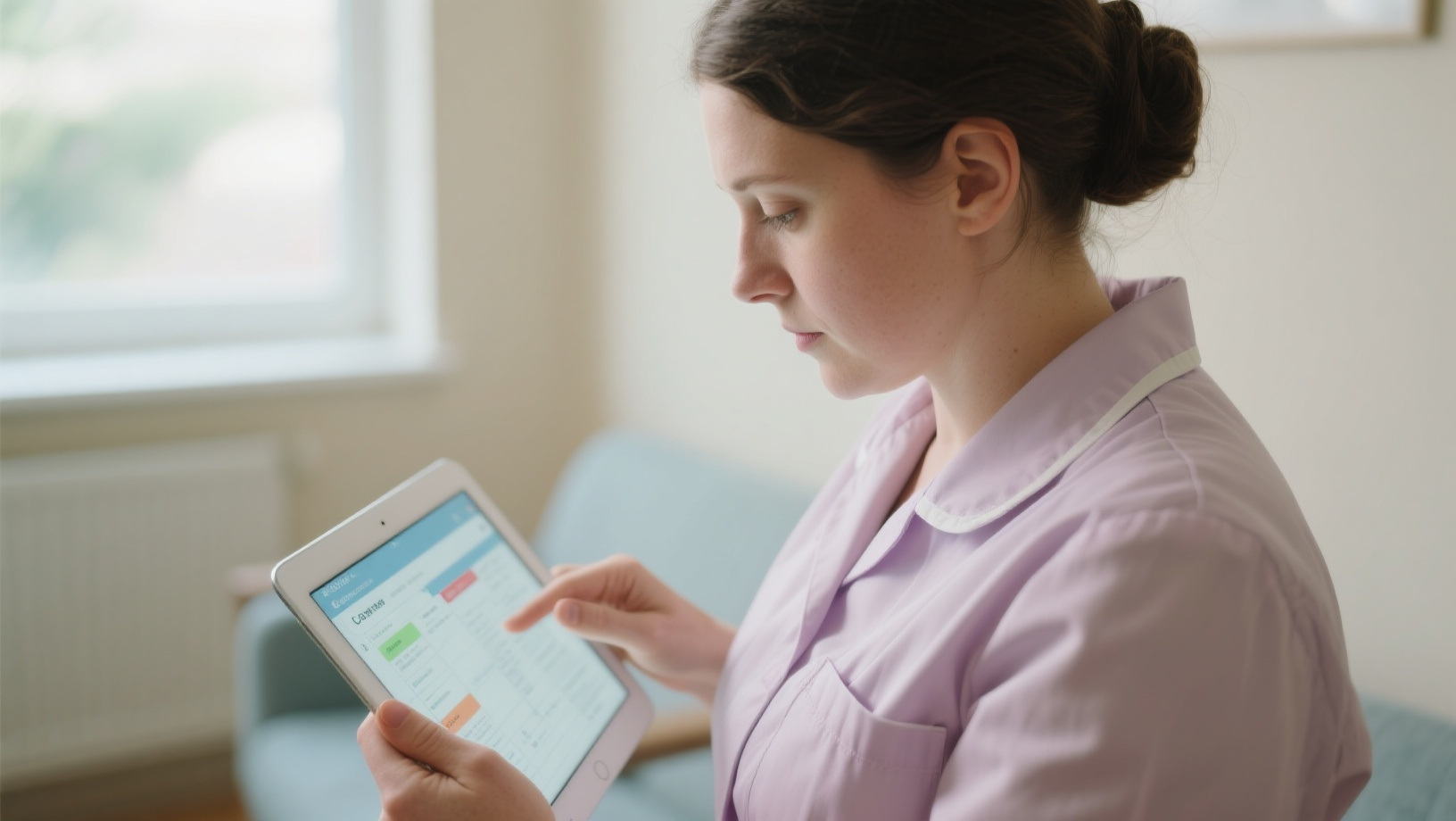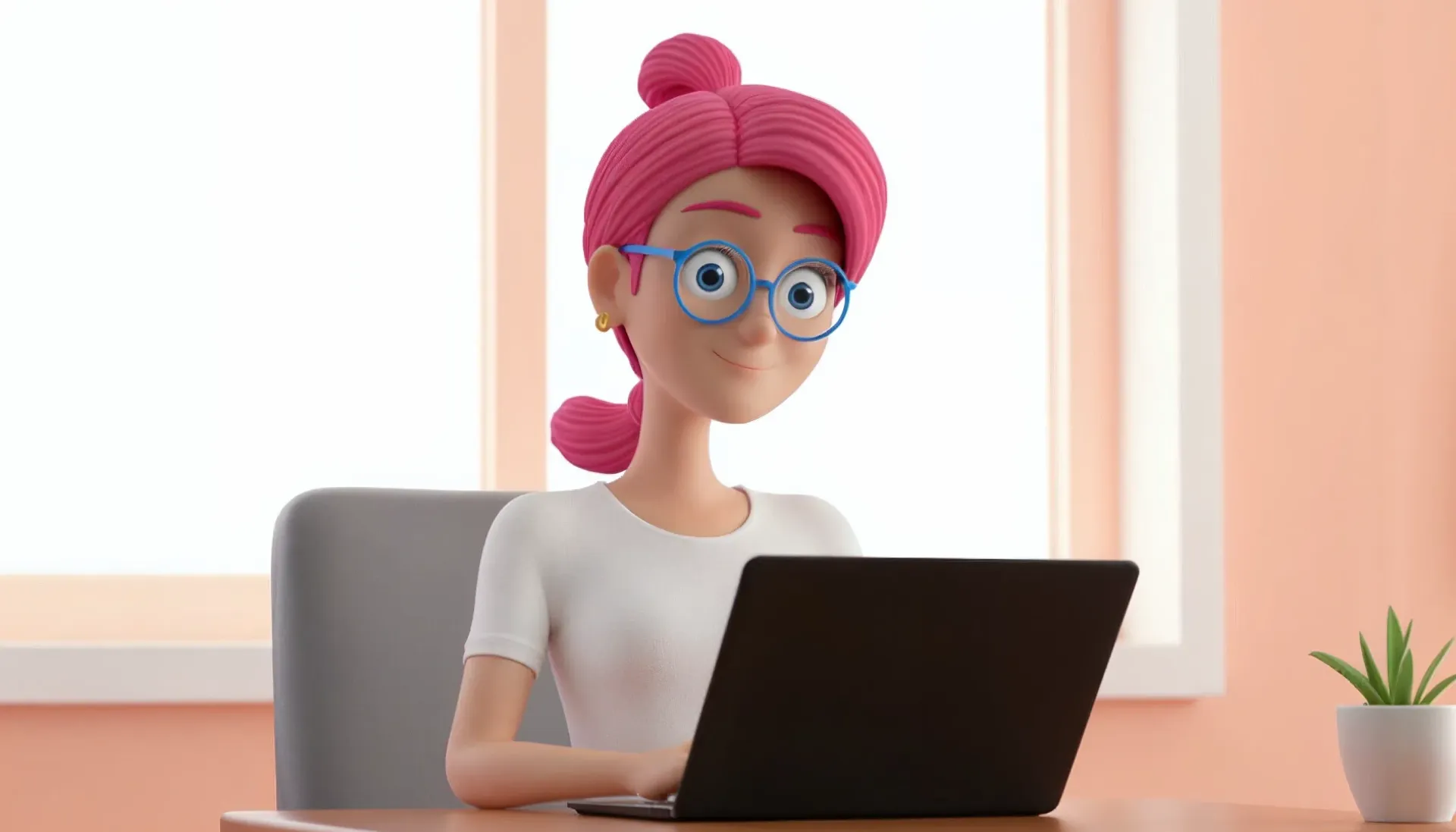Supporting Communication in Children’s Homes
How Can Residential Children’s Homes Software Improve Communication and Care?
In residential children’s homes, communication isn’t just a procedural task. It’s at the heart of quality care. Every handover, every note, every conversation directly impacts the wellbeing and safety of the children and young people we support.
But let’s be honest: communication in care is hard work. Teams change shift, priorities shift mid-day, and emergencies can override even the best laid plans. That’s why Sue Solutions was designed not just as a tool, but as a supportive presence in the background making sure everyone is connected, informed, and confident in their role.
As a software solution built from experience, Sue understands the daily rhythm of residential care. She knows where things go wrong, and more importantly, how to make them go right. In this article, we explore why effective communication matters so much in children’s homes, and how Sue supports teams to get it right.
Why Communication Needs Support in Children’s Homes
Communication is the thread that ties together every part of residential care. When it flows well, everything else tends to follow. When it falters, the effects ripple through the team and the young people in your care.
In residential settings, the pace is relentless. Shifts change throughout the day and night. New staff join, others leave. Young people have complex needs that evolve moment by moment. And while you’re trying to stay on top of all of this, there are compliance checks, incident reporting, external agencies, and family contact to manage.
The truth is, no one can remember everything. And no one should have to. That’s where a system like Sue can offer quiet but consistent support. Sue ensures everyone has access to the right information, at the right time, in the right format -so communication becomes part of the rhythm, not a constant source of stress.
Starting Every Shift with Clarity
When a care worker arrives on shift, they need to know three things quickly: What’s happened since they were last here? What needs doing now? What do I need to be aware of? Sue meets them with a personalised dashboard that answers those questions at a glance. Daily plans, incidents, updates, and task lists are clearly laid out. No scrolling endlessly through emails or handwritten logs. No guessing. Just a calm, clear overview. This matters not only for productivity but for confidence. When staff feel prepared, they feel empowered. And that translates directly into the quality of care provided.
Real-Time Logging Keeps Everyone in Sync
Throughout the day, Sue allows staff to log updates as they happen. This might be a change in behaviour, a conversation with a young person, or an incident that needs follow-up. Instead of writing it down later (when details get lost), they can record it in the moment.
These logs are automatically shared with the relevant team members, so everyone is kept up to date. Managers can quickly see what needs oversight, and colleagues on the next shift aren’t left piecing together incomplete information. It also means less duplication, fewer missed updates, and smoother transitions between staff. Importantly, Sue guides staff on how to write their notes in a clear, trauma-informed way. This ensures that communication is not only timely but compassionate and appropriate for a care setting.
Supporting Emotional Communication with Young People
Caring isn’t just about tasks. It’s also about the emotional work: listening, reflecting, tuning in to what’s unsaid. That’s not always easy to log in a software system.But Sue has been built with this in mind. Staff can record emotional observations, positive moments, and triggers in a way that feels natural. Over time, these records build up a picture of each young person’s experiences, needs, and preferences.This is powerful in building relationships, planning support, and helping young people understand their own stories. It also supports reflective practice and supervision, giving staff the opportunity to look back at what’s worked and what hasn’t. For those involved in life-story work, Sue becomes a quiet partner in capturing the journey.
Smart Alerts and Timely Reminders
Sue doesn’t bombard users with pop-ups or noise. She gently prompts when something needs doing—whether it’s reviewing a record, responding to an incident, or preparing for a referral. This takes the pressure off individuals to remember everything and reduces the risk of something slipping through the cracks. For managers, this means key tasks are always visible and prioritised. For care workers, it means they can focus on the children rather than chasing paperwork or digging through folders. And for responsible individuals, it offers reassurance that the right things are happening at the right time.
Oversight Without Micromanagement
Managers need to know what’s going on without getting in the way. Sue gives them the tools to stay informed without being overbearing. Through Manager Monitor, leaders can see summaries of recent activity, live issues, and outstanding tasks. They can review incidents, track staff actions, and check compliance data all in one place. This allows for quick, confident decision making and better support for the team.It also means that during inspections, everything is ready to show clear, consistent, and compliant.
Built from Experience, for People Who Care
What makes Sue different from other residential children’s homes software is simple: she’s been built by people who have lived it. The late nights, the impossible decisions, the tight deadlinesSue understands because she was created to meet those challenges.
Her tone is warm and grounded, her tools are intuitive, and her processes are aligned with what care teams really need. Whether you’re a new provider or a large organisation, Sue software grows with you. For new homes just starting out, she offers templates and guidance to help you build good habits from day one. For established services, she brings calm to complexity, helping you refocus on what really matters.
Supporting Inspections with Clear Evidence
We all know that inspections can feel daunting. But when your records are well kept, your communication is documented, and your team knows where to find what they need, the whole process becomes more manageable. Sue Solutions software supports this by making sure everything is traceable and ready to share. You can show how decisions were made, how incidents were responded to, and how communication flows across the team. It’s not just about ticking boxes it’s about demonstrating good, transparent practice.
Real Life Scenario - Managing a Challenging Incident with Calm, Confidence, and Clarity
It’s 4:15 pm on a rainy Tuesday, and the after school energy in the home is high. Most of the young people are in the lounge watching a film, but Liam, 14, is pacing the hallway. He’s been unsettled since returning from school, refusing snacks and avoiding eye contact.
Jade, one of the afternoon care workers, gently checks in. Liam shrugs off the conversation and, a few minutes later, throws his drink bottle across the hallway when asked to move into the lounge. Another young person nearby flinches and starts crying. The team responds quickly, calmly. Jade and her colleague Tim use de-escalation techniques to help Liam move to a quieter space. No physical intervention is needed, but the moment is intense. Liam settles eventually, with support, and asks to go to his room.
In the past, the team might have jotted this down in a logbook or made a mental note to write it up at the end of shift. But by then, some of the detail would be gone, the emotion dulled. And the manager? They wouldn’t find out until tomorrow missing a chance to support staff and safeguard Liam effectively.
But today, they’re using Sue Solutions. Jade logs the incident straight away, using her phone during a calm moment. Sue guides her with gentle prompts:
- What happened?
- Who was involved?
- How did the team respond?
- What was the young person’s emotional state before and after?
The system helps Jade write in non judgemental tone, making sure the focus stays on support and understanding, not blame. The moment she submits the log, Sue alerts the home manager. From wherever they are, the manager can review the report, see exactly what happened, and check that follow-up actions are underway, like contacting the social worker or updating Liam’s risk assessment.
The other staff finishing their shift also see the incident logged on their dashboard. There’s no confusion, no inconsistent versions of events, no missing pieces. When the night team arrives, they’re already aware, prepared, and reassured that everything has been captured.
The result?
- Liam is supported consistently, not punished or misunderstood.
- Jade and Tim feel confident that they handled the situation well and that their effort is recognised.
- The home manager can act quickly, knowing that safeguarding, documentation, and emotional support are all covered.
- And most importantly, the home remains calm, connected, and caring.
FAQs
Sue Answers
What is residential children’s homes software?
Residential children’s homes software is a digital platform specifically designed to support the operations, compliance, and care responsibilities of children’s residential settings. Unlike generic systems, it understands the day-to-day realities of shift work, regulatory oversight, and emotional complexity involved in caring for vulnerable young people. It helps teams manage everything from daily notes and incidents to staffing, reporting, and inspections all in one secure, easy touse system.
How does Sue Solutions improve communication between staff?
Sue streamlines communication by centralising everything in one place real-time logs, shift handovers, alerts, task updates, and emotional tracking. Instead of relying on verbal updates or scattered notes, every team member sees the same, accurate, up-to-date information. This reduces confusion, helps avoid duplication or missed details, and builds trust across shifts. Sue also prompts users when important information needs logging, helping teams stay ahead of the curve not just catching up.
Can Sue help with communication about the children, not just between staff?
Yes. Sue encourages reflective, trauma-informed recording of young people’s behaviours, moods, and support needs. These notes help the whole team understand what’s going on for a young person, even if they weren’t on shift. This improves consistency, emotional insight, and the quality of direct care. It also builds a meaningful record for reviews, referrals, and life-story work.
Is Sue suitable for providers opening their first residential home?
Absolutely. Sue is a brilliant fit for new services. She comes pre loaded with templates, workflows, and regulatory guidance that help you meet compliance standards from day one. Rather than starting from scratch or feeling overwhelmed, new providers have a clear, supportive system that guides them through every process giving you peace of mind and freeing up your focus for the children in your care.
What happens during an inspection? Can Sue help us feel prepared?
Yes, and that’s one of the things teams love most. Sue automatically documents every handover, incident, review, and key decision. You can quickly generate reports, show timelines of action taken, and provide evidence of safeguarding, communication, and compliance. No need for frantic searching or last-minute updates. Sue helps you walk into inspections with clarity, confidence, and everything in order.
Can Sue be used across multiple homes or teams?
Yes. Whether you're running one home or several, Sue Solutions platform is built to scale. Each home can maintain its own records and permissions, while management can monitor activity and compliance across all settings. It’s ideal for organisations looking for consistency without losing the nuance of individual services.
Does Sue help with staff accountability and performance?
Yes. By tracking what’s logged, when, and by whom, Sue Solutions software creates a clear picture of staff contributions. This helps managers support team members who may need more guidance, and recognises those who consistently deliver. It also protects staff by creating an accurate, time-stamped record of actions and decisions.
How secure is Sue Solutions?
Very. Sue uses a closed AI system, which means data stays within our secure, encrypted servers and is never shared with third parties. All features are GDPR compliant, and access is tightly controlled based on user roles. You control who sees what, ensuring the privacy and dignity of both staff and young people.
Does Sue replace human communication?
Not at all. Sue Solutions enhances it. She’s there to support, not replace, your team’s instincts and conversations. By taking care of the admin, reminders, and structure, Sue frees staff up to do what they do best build relationships, respond with care, and focus on the young people.
Can we customise Sue to fit our home’s unique way of working?
Yes. While Sue comes with best practice structures, she’s flexible. You can tailor workflows, forms, permissions, and alerts to reflect your home’s policies, language, and style. That way, Sue feels like part of your team and not a one size fits all system.




